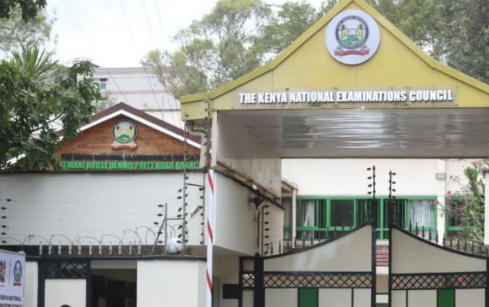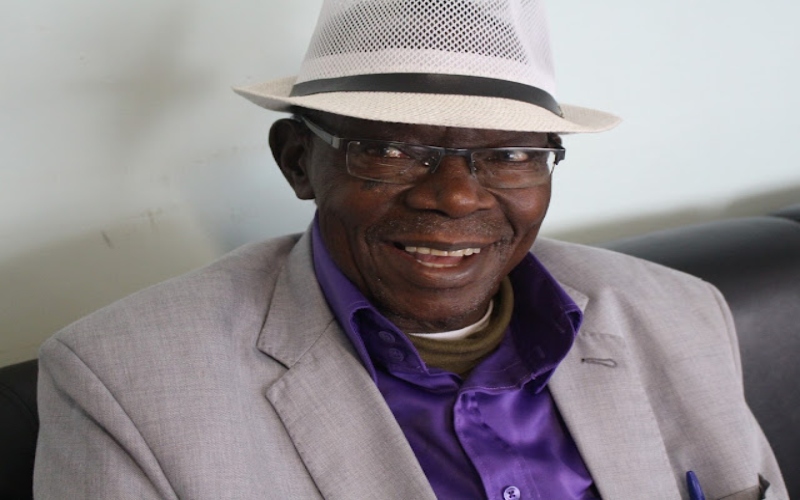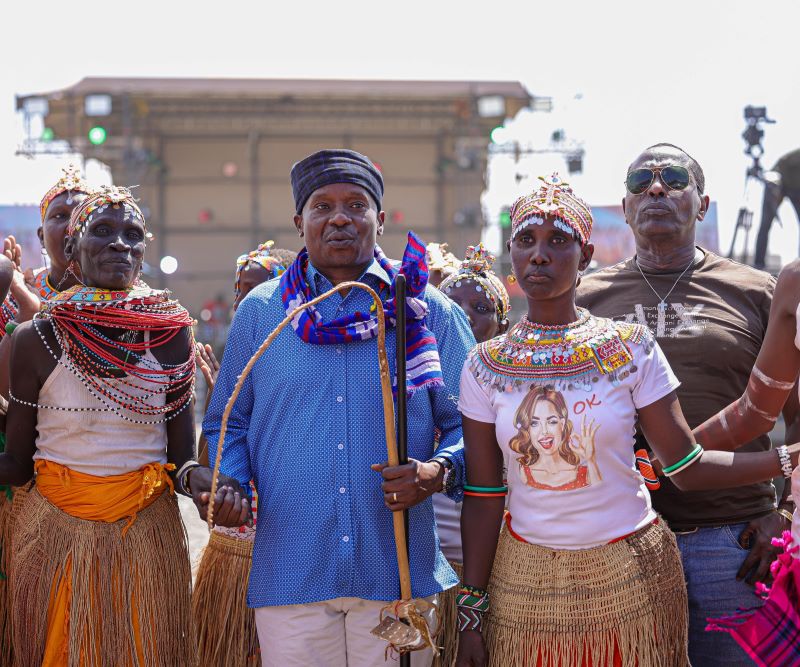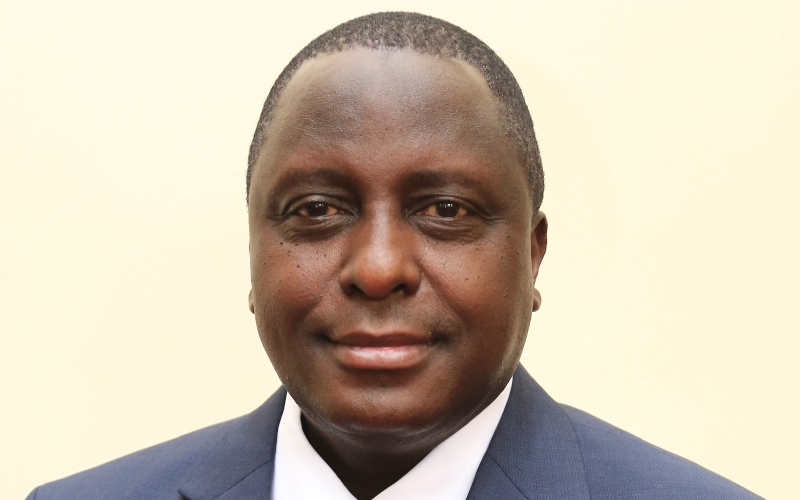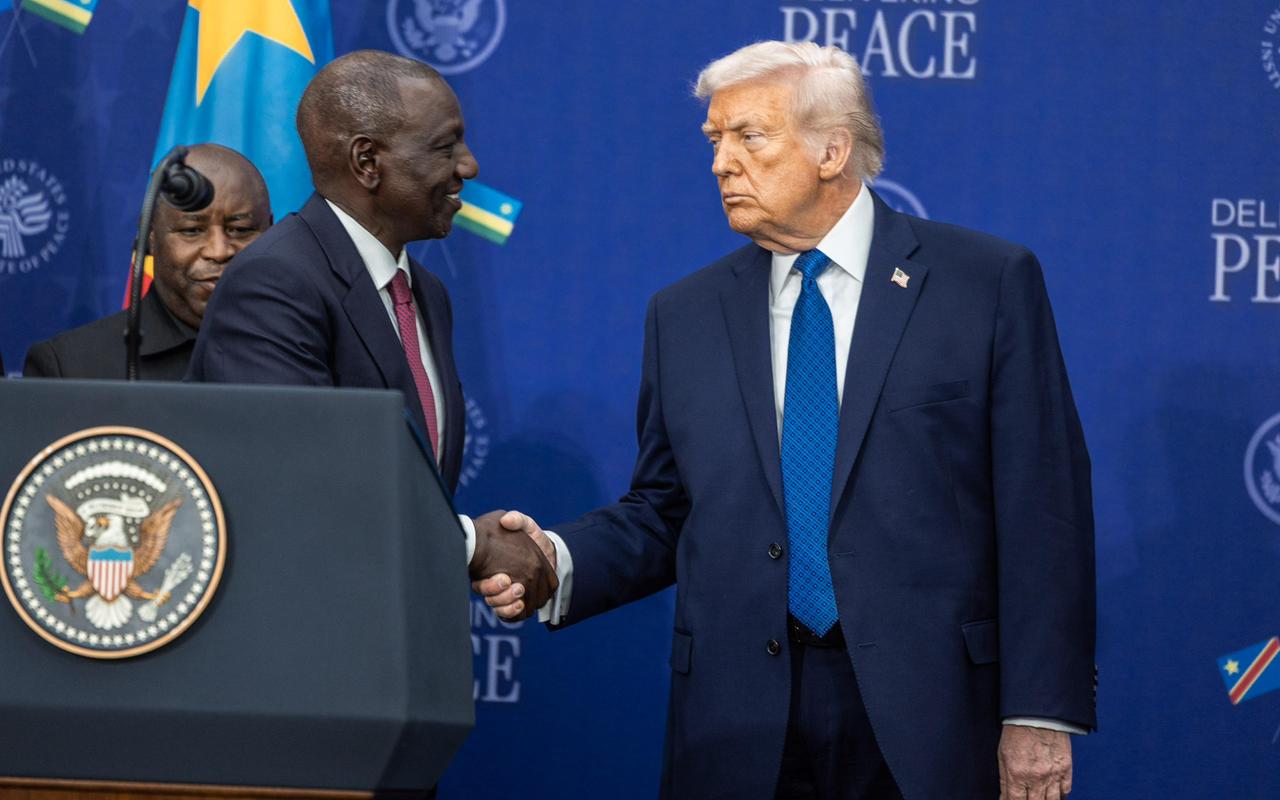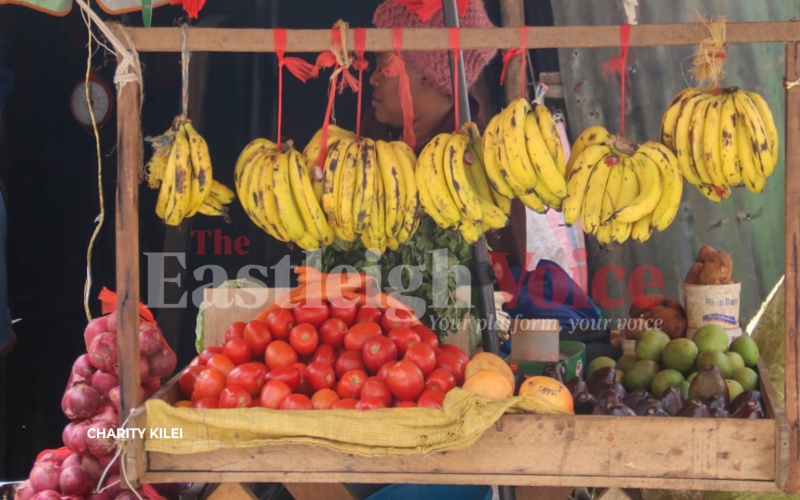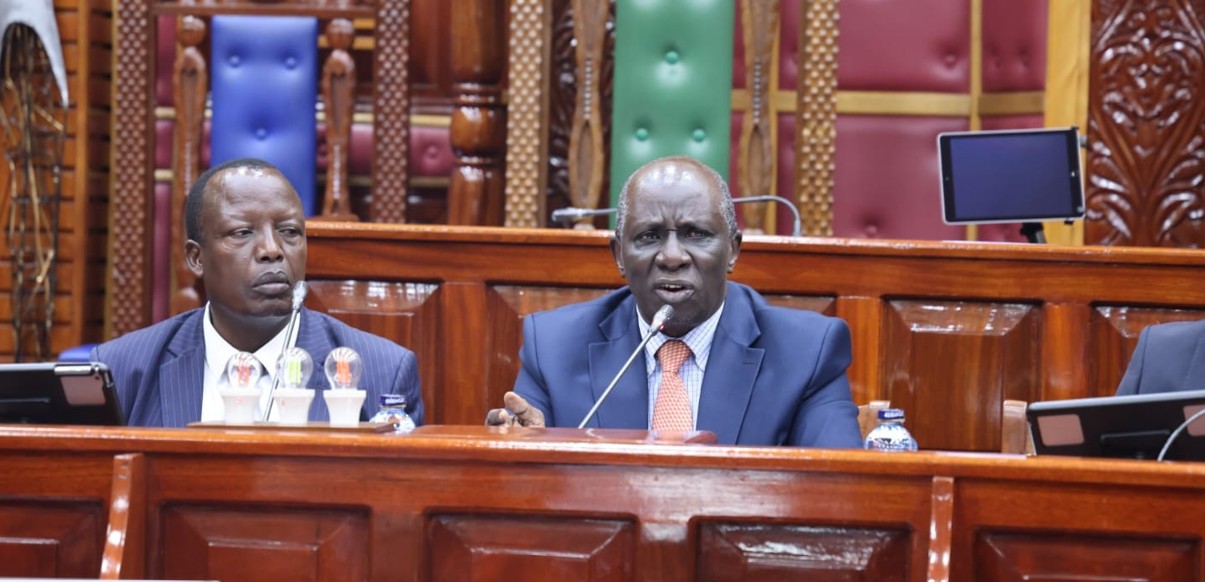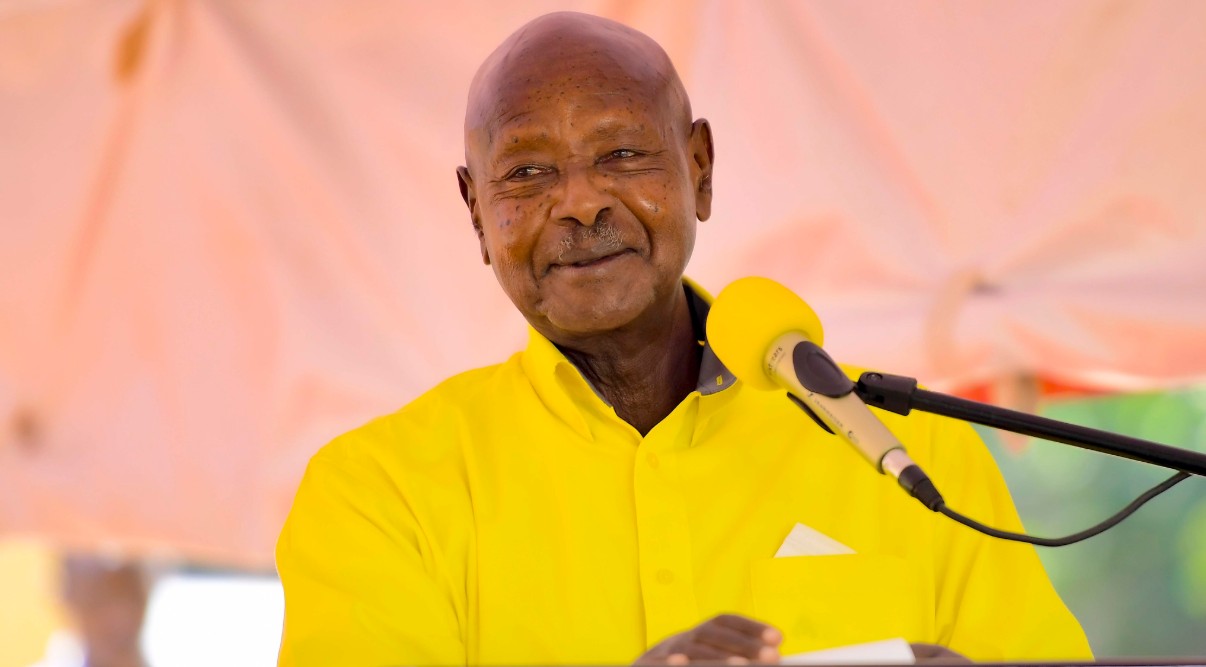From colonial cells to court reforms: A walk through Kenya’s Judiciary Museum preserving legal, freedom struggles

Few know that beneath the grandeur of Kenya’s Supreme Court lies a museum chronicling the nation’s quest for justice and self-rule.
The imposing entrance to the Supreme Court building along Nairobi's City Hall Way can be intimidating. It represents Kenya’s seat of justice — the stage for some of the country’s most consequential legal decisions.
Yet inside this colonial-era building lies a gentler side of the judiciary’s story. Few realise that beneath its grand corridors sits a space dedicated to preserving Kenya’s legal and constitutional history — the Judiciary Museum.
More To Read
- Judiciary urges state to plug funding gap as Nairobi courts face heavy caseload
- Maraga says presidential bid driven by desire to put Kenya back on constitutional rails
- How circuit, mobile courts expanded justice to underserved communities - report
- CJ Koome affirms Judiciary’s commitment to transparency, says trust central to transformation
- Supreme Court to receive title deed by December 25, says DP Kithure Kindiki
- Supreme Court Judge Mohammed Ibrahim to retire after 23 years of service
Accessed via a flight of stairs leading to the basement, the museum welcomes visitors into a tunnel designed as a journey through time, tracing the nation’s turbulent path to independence.
Along its dimly lit walls, small chambers open into curated displays of pre-colonial and colonial relics, narrating Kenya’s judicial evolution — a story that mirrors its political struggle for freedom.
Reforming the Judiciary
At the entrance corridor, visitors are greeted by the words of Chief Justice Emeritus, Dr Willy Mutunga, the visionary behind the museum, which opened to the public in June 2016. His message, inscribed on the wall, sets the tone for the experience ahead:
“The existence of courts alone provides no guarantee of justice. Rather, it is the values and quality of the people who lead them; the aspirations and the design of the constitution that create them, and the vigilance and civic consciousness of the people who continuously demand better. This is why Kenyans fought for a new constitution. It is the reason we are reforming the Judiciary. It is the reason we must succeed in creating an institution of justice that can secure our democracy and fulfil its rich promise,” — Dr Willy Mutunga.
According to Ms Victoria Wanja, the museum’s curator, the entire basement once housed 27 holding cells for people attending court hearings. Most were demolished to make way for the museum, but six were preserved as part of its story.
Visitors begin their tour beneath an artificial Mugumo tree, symbolising the traditional court systems of the Gĩkũyũ community before British rule. This section features a three-legged stool used by elders to hear cases, an elder’s hat, and a traditional guard whose contents were used to administer oaths.
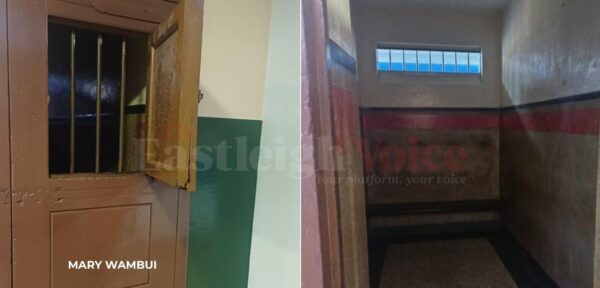 A preserved colonial-era cell inside the Judiciary Museum — the photo shows both the closed door from the outside and the cramped interior where up to 40 inmates were once held without toilets. (Photo: Mary Wambui)
A preserved colonial-era cell inside the Judiciary Museum — the photo shows both the closed door from the outside and the cramped interior where up to 40 inmates were once held without toilets. (Photo: Mary Wambui)
Master key
Nearby hangs a large, single key — the master key that once opened all the cell doors. The journey then moves into a darker section representing the colonial era, marked by a softly lit Union Jack that symbolises the period when Kenya’s justice system operated under British rule.
The tunnel opens into rooms displaying relics from the colonial justice system — judges’ seats, robes, wigs, case files dating back to the 1920s, and photographs capturing the operations of the colonial courts.
Kapenguria Six
A striking mural tells the story of Mzee Jomo Kenyatta and the Kapenguria Six — Bildad Kaggia, Kung’u Karumba, Fred Kubai, Paul Ngei, and Achieng’ Oneko — who were charged with managing the banned Mau Mau movement and accused of plotting to murder white settlers.
Other Topics To Read
- Headlines
- National
- Supreme Court
- Judicial Service Commission
- Dedan Kimathi
- 2010 Constitution
- Kenya’s legal history
- colonial era judges
- Lancaster House Conferences
- Mau Mau uprising
- Judiciary Museum
- From colonial cells to court reforms: A walk through Kenya’s Judiciary Museum preserving legal
- freedom struggles
Opposite the mural stand three colonial cells, each once holding up to 40 inmates — men and women — with no toilets, only a bucket emptied when full.
“Up to 1963, they served as capital remands, then after 1963 all the way to around 2015 they were used as normal remands,” Wanja explains.
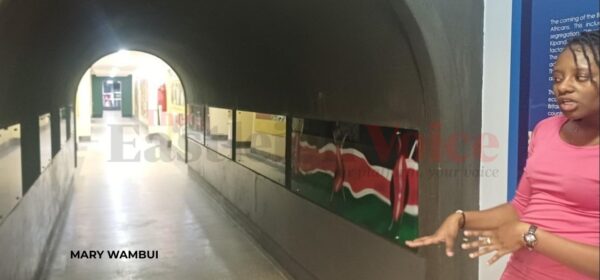 Curator Victoria Wanja explains the story behind the Judiciary Museum at the entrance of the Supreme Court basement, where Kenya’s rich legal and constitutional history is preserved. (Photo: Mary Wambui)
Curator Victoria Wanja explains the story behind the Judiciary Museum at the entrance of the Supreme Court basement, where Kenya’s rich legal and constitutional history is preserved. (Photo: Mary Wambui)
Dedan Kimathi
At the end of this section, a wall is dedicated to Freedom Fighter Dedan Kimathi, chronicling his arrest, trial, and execution for possessing firearms and ammunition during the Mau Mau uprising.
“His case was heard all the way in Nyeri, but he was handed a death sentence, hanged at Kamiti and buried in an unmarked grave,” recalls Ms Wanja.
A reconstructed courtroom setup nearby illustrates a design still recognisable in today’s courts.
As visitors progress through the tunnel, the story transitions into the post-colonial era. A section draped with the Kenyan flag contrasts with images symbolising the dawn of independence — Mzee Kenyatta and Jaramogi Oginga Odinga taking their oaths of office, and the Kenyan flag being raised atop Mount Kenya.
Charts along the corridor trace the Lancaster House Conferences, which laid the groundwork for Kenya’s first constitution and the establishment of its court system.
“We had subordinate courts as the smallest courts in the country, followed by the High Court and the Court of Appeal. Back then, the Supreme Court had not been given its current mandate as the highest court in Kenya,” explains the curator.
 Robes worn by former Chief Justice Willy Mutunga on display at the Judiciary Museum — a symbol of his tenure and the transformative era of judicial reforms he championed. (Photo: Mary Wambui)
Robes worn by former Chief Justice Willy Mutunga on display at the Judiciary Museum — a symbol of his tenure and the transformative era of judicial reforms he championed. (Photo: Mary Wambui)
Famous court cases
Three additional cells remain intact here, alongside a gallery wall displaying some of Kenya’s most famous court cases — from major political assassinations and succession disputes to economic crimes and the attempted coup.
In one room, evidence items once presented in court — fake money, ivory, crates of soda, burglary tools, even chickens — are displayed. Another room showcases the laws of Zanzibar and Tanganyika, which shaped Kenya’s early judicial systems before the 2010 Constitution.
The exhibit also features judges’ seats from the colonial era — some with rollers to ease movement due to their weight — now retired from active use.
As the tunnel nears its end, the walls brighten, symbolising Kenya’s transition from colonialism to self-rule.
Wanja explains that each new Chief Justice has the freedom to choose the colour of their robes and office furnishings.
When CJ (Rtd) Mutunga assumed office, he selected a dark green robe with royal cufflinks — now preserved in the museum alongside his furniture. His successor, CJ (Rtd) David Maraga, reinstated the red robes still worn under CJ Martha Koome.
Embracing modern science
The final section illustrates how the Judiciary has embraced modern science — DNA, fingerprints, forensics, and ballistics — in the pursuit of justice. Art also plays a role, particularly in children’s courts, which feature murals and colourful furniture to make young witnesses feel safe.
The museum also honours key figures in Kenya’s legal history — from registrars and senior counsels to attorney generals and members of the Judicial Service Commission — with a special room dedicated to all Chief Justices, from the colonial era to the present.
Among the museum’s treasured items are the Bible, the Holy Quran, and the Bhagavad-Gita, representing the faiths on which oaths are administered in court today.
Entrance to the Judiciary Museum is free, though groups must book in advance.
Top Stories Today
